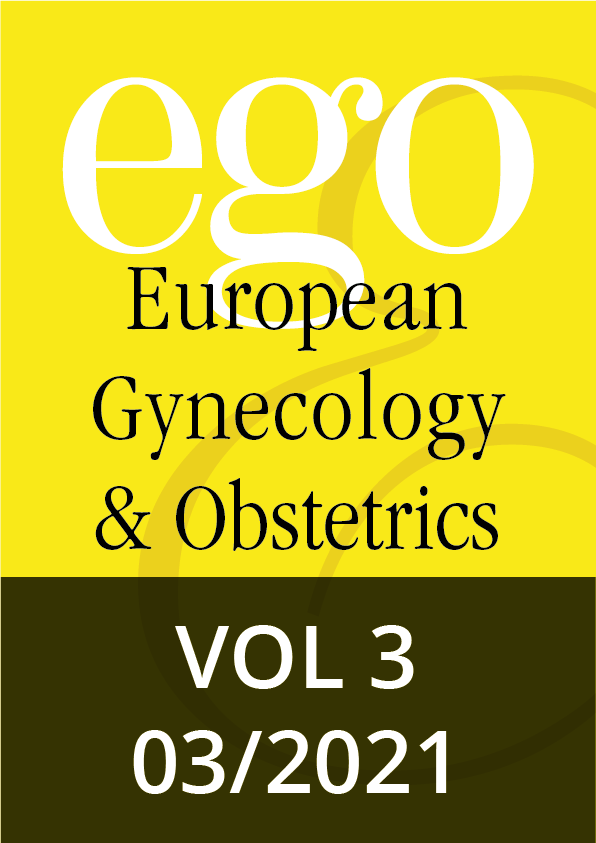Meta analysis, 114–124 | DOI: 10.53260/EGO.213031
Short reviews, 125–128 | DOI: 10.53260/EGO.213032
Case reports, 129–132 | DOI: 10.53260/EGO.213033
Case reports, 133–135 | DOI: 10.53260/EGO.213034
Case reports, 136–139 | DOI: 10.53260/EGO.213035
Case reports, 140–145 | DOI: 10.53260/EGO.213036
Original paper, 146–150 | DOI: 10.53260/EGO.213037
Original paper, 151–154 | DOI: 10.53260/EGO.213038
Risk factors for postpartum diabetes mellitus in Japanese patients with gestational diabetes mellitu
Original paper, 155–161 | DOI: 10.53260/EGO.213039
Hysterectomies for benign disease: variability in techniques and outcomes depending on patients, surgeons, and type of hospital
Abstract
Most hysterectomies are performed for benign conditions, such as fibroids, endometriosis, abnormal menstrual bleeding, and uterine prolapse. Established approaches are laparotomy and minimally invasive approaches by the vaginal and laparoscopic routes, with or without robotics. We conducted a study, in our region, of the approaches most commonly used in benign hysterectomies, and examined patient outcomes according to the characteristics of surgeons and hospitals. We performed a prospective multicenter study nvolving patients (n = 506) who underwent a hysterectomy for benign disease by any approach between February 2019 and February 2020. Overall, 55.3% of procedures were performed by laparotomy, 32.4% vaginally, and 12.2% laparoscopically. Surgeons with the highest surgical volumes performed more minimally invasive surgery (MIS) (p <.001), and those with more experience performed more laparoscopic interventions (p =.002). Laparotomies were performed more frequently in small hospitals (<500 beds) (p =.026). MIS was performed more often in teaching hospitals than in centers without this accreditation (p =.001). Sixty-nine (13.6%) patients experienced surgical complications; the laparoscopic approach was associated with a higher incidence of complications overall (24.2%) and with more readmissions (p <.005). Our results confirm that the surgical approach for benign hysterectomies varies depending on the type of hospital and the characteristics of the surgeons.
Keywords: gynecological surgery, hysterectomy
Citation: Sánchez Sánchez V.,Zrihen Yonit E.,González García-Cano D.,González Marrero L.,Arozena Abad M.,Isabel Arduan Pérez M.,et al. Hysterectomies for benign disease: variability in techniques and outcomes depending on patients, surgeons, and type of hospital, EGO European Gynecology and Obstetrics (2021); 2021/03:155–161 doi: 10.53260/EGO.213039
Published: September 1, 2021
ISSUE 2021/03

Meta analysis, 114–124 | DOI: 10.53260/EGO.213031
Short reviews, 125–128 | DOI: 10.53260/EGO.213032
Case reports, 129–132 | DOI: 10.53260/EGO.213033
Case reports, 133–135 | DOI: 10.53260/EGO.213034
Case reports, 136–139 | DOI: 10.53260/EGO.213035
Case reports, 140–145 | DOI: 10.53260/EGO.213036
Original paper, 146–150 | DOI: 10.53260/EGO.213037
Original paper, 151–154 | DOI: 10.53260/EGO.213038
Risk factors for postpartum diabetes mellitus in Japanese patients with gestational diabetes mellitu
Original paper, 155–161 | DOI: 10.53260/EGO.213039
